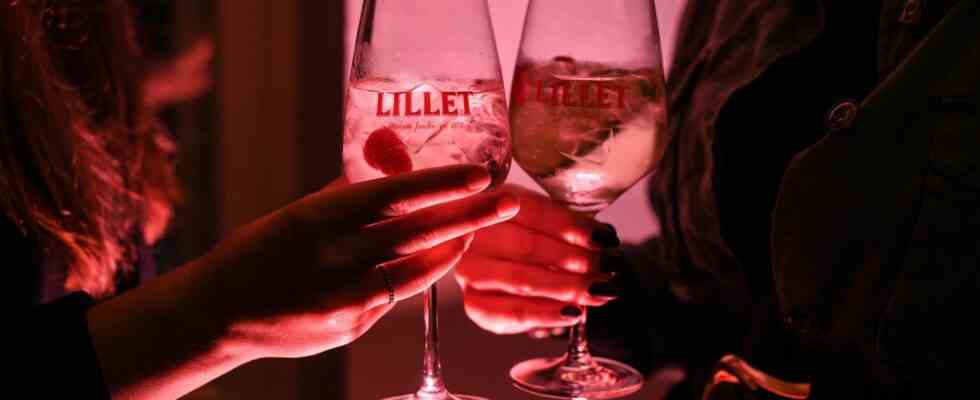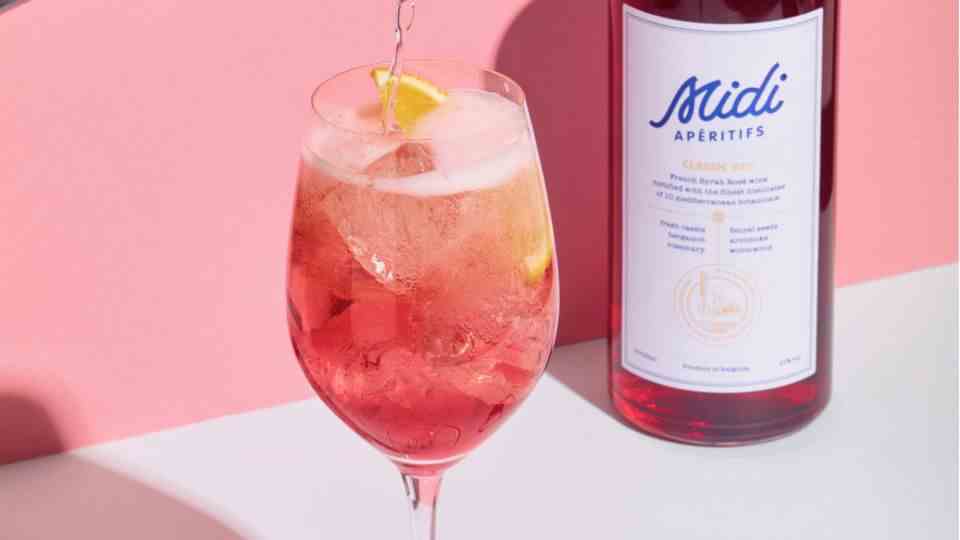drink
Lillet: What does the aperitif actually consist of?
Lillet – a popular aperitif
© Jens Kalaene/ / Picture Alliance
James Bond once replaced vermouth in his martini with Lillet. The French aperitif has a long history and even today it tastes very cold, on ice with a wedge of lime or orange. But what is the drink actually made of?
Lillet, as lovely as his name is, so beautiful is his story. The company Lillet Frères (liqueur manufacturer and wine and spirits dealer) was founded in 1872 in French Podensac (Gironde), south of Bordeaux. It was the idea of Father Kermann, who under Louis XVI. emigrated to Brazil as a doctor. When he returned, he mainly made liqueurs and tonics from cinchona bark and experimented with pairing Bordeaux wines with exotic fruits.
For the liqueurs, Kermann soaked the peels of various citrus fruits in alcohol for months: oranges from southern Spain, bitter oranges from Haiti, green oranges from Morocco and Tunisia and also cinchona bark from South America, which he brought himself. Lillet used to taste sweet and bitter. will be traditional Lillet stored in oak barrels. The ratio of the blend consists of 85 percent wine and 15 percent fruit liqueur. The finished aperitifs have an alcohol content of 17% by volume. The brand now belongs to Pernord Ricard.
James Bond also drank Lillet
James Bond also fell for the aperitif. In Casino Royale, he has a martini served with Kina Lillet instead of vermouth, which he later calls Vespers. The recipe is first mentioned in Ian Fleming’s 1953 novel Casino Royale. Kina Lillet is no longer manufactured today. It was only in the early 1980s, in cooperation with the oenological institute of the University of Bordeaux, that Lillet received its current flavor profile and a new recipe: the aperitif now tastes light and fruity.
Today Lillet is available in four variants: Blanc (a cuvée of white grape varieties; golden in colour; with aromas of oranges candied in honey, spruce resin and exotic fruits), Rose (a cuvée of white and red grape varieties; pink in color; with aromas of red fruits, orange blossom and grapefruit), Rouge (a cuvée of red grape varieties; ruby red; with aromas of orange, red fruit, vanilla and spices) and Lillet Grand Reserve (a cuvée of Sémillon, Sauvignon, Muscadelle grapes and the aromas of fruit macerates, limited edition, tastes of apricots, honey and fresh citrus notes).
And what’s the best way to enjoy Lillet? Very cold, on the rocks with a wedge of lime or orange.
This article contains so-called affiliate links. There is more information here.



